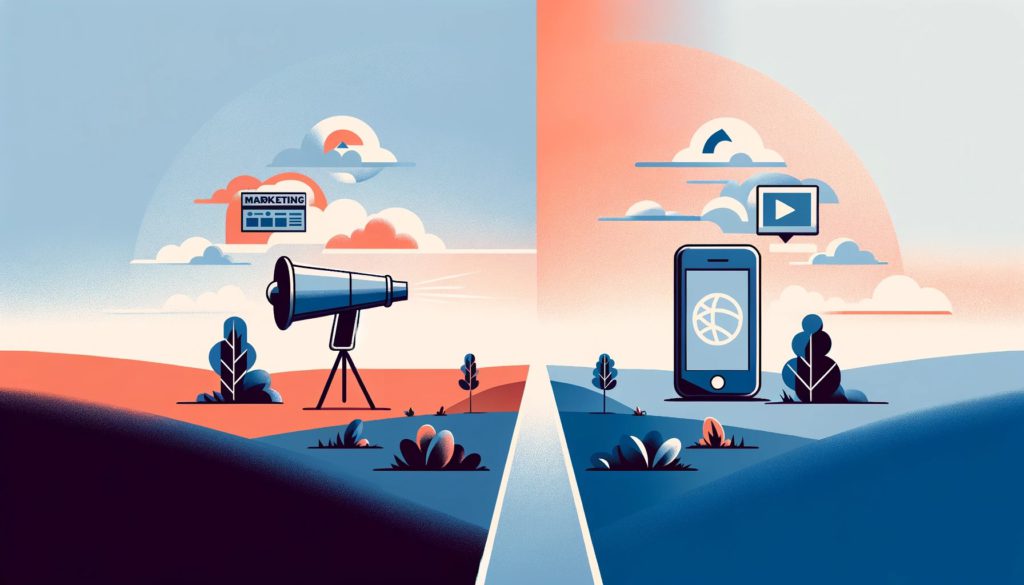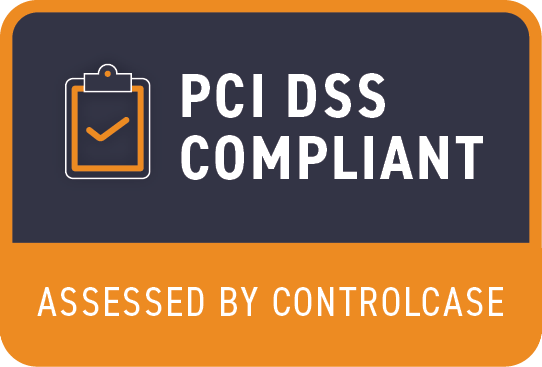In today’s fast-paced business landscape, the choice between traditional marketing and digital marketing has become a critical decision for companies aiming to establish a robust online presence. Let’s delve into the distinctions between these two marketing approaches, exploring their historical evolution, target audiences, communication channels, cost-effectiveness, and much more.
1- Introduction
Definition of Traditional Marketing
Traditional marketing refers to conventional promotional methods that existed before the digital era. This includes print advertisements, television commercials, radio ads, billboards, and direct mail.
Definition of Digital Marketing
Digital marketing, on the other hand, encompasses all online marketing efforts. It involves using the internet and electronic devices to connect with potential customers. Strategies may include social media marketing, content marketing, email campaigns, and search engine optimization (SEO).
2- Historical Perspective on Marketing Evolution
With technology advancing, marketing is changing fast. Old methods are adapting or disappearing, making room for exciting new ways to connect with people. It’s an exhilarating time of transformation, where brands are breaking new ground and capturing hearts in ways we’ve never seen before.
Throughout history, marketing has undergone a profound evolution, starting from humble beginnings of word-of-mouth promotion and gradually evolving into sophisticated strategies utilizing diverse media channels. With the dawn of the internet, a new era emerged in the form of digital marketing. As technology continued to advance, businesses swiftly embraced the opportunities presented by online platforms to connect with their audiences in innovative ways, shaping the ever-changing landscape of marketing.
Experience Creating Your Own Store With Ustore Services from UPayments and get unlimited marketing tips!

3- Target Audience
Your target audience is the beating heart of your brand—the ones who resonate with your message, understand your offerings, and inspire your innovations. They’re not just consumers; they’re companions on your journey, guiding your decisions, and inspiring your innovations. Understanding your target audience means recognizing their hopes, fears, dreams, and desires—it’s like peering into their hearts and knowing exactly what makes them tick. So let’s dive into how you can reach them through both traditional and digital marketing efforts:
Traditional Marketing Audience
Traditional marketing often targets a broad audience without specific segmentation. Mass media outlets reach a diverse range of individuals, making it challenging to tailor messages to individual preferences.
Digital Marketing Audience
Digital marketing allows for precise audience targeting through data analytics. Advertisers can tailor content based on demographics, interests, and online behavior, ensuring a more personalized approach.
4- Communication Channels
Traditional Marketing Channels
Traditional marketing relies on channels like TV, radio, newspapers, and magazines. While these offer broad reach, they may lack the interactivity and targeting options of digital channels.
Digital Marketing Channels
Digital marketing leverages online platforms such as social media, websites, blogs, and email. These channels provide real-time engagement, allowing businesses to interact with their audience instantly.
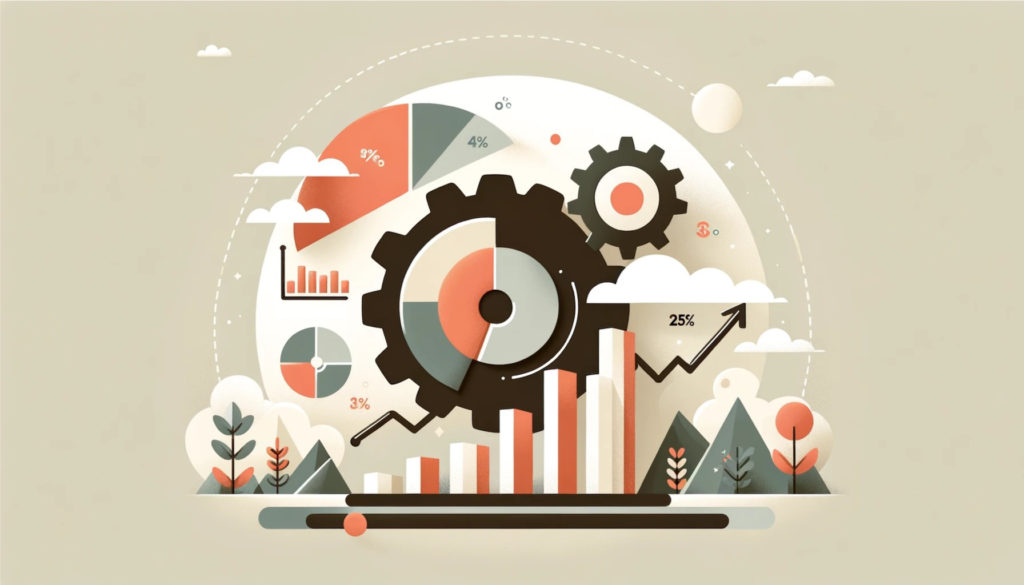
5- Cost-Effectiveness
Traditional Marketing Costs
Traditional marketing campaigns, especially on mainstream media, can be expensive. Costs include production, distribution, and airtime fees, making it challenging for small businesses with limited budgets.
Digital Marketing Costs
Cost-effective options: Digital marketing provides affordable solutions such as social media marketing and email campaigns, allowing businesses to stretch their budgets further while still reaching a wide audience.
Efficient budget allocation: With digital marketing, businesses can allocate their budgets more strategically, ensuring that every dollar spent contributes to maximizing their return on investment.
6- Reach and Accessibility
Traditional Marketing Reach
Traditional marketing can reach a broad audience but may struggle to connect with niche markets. Accessibility is limited by the geographical reach of chosen media outlets.
Digital Marketing Reach
Digital marketing breaks geographical barriers, allowing businesses to reach a global audience. Online platforms provide accessibility to diverse markets, contributing to the globalization of businesses.
Check Out How to Build An Online Store From A to Z and Start Selling Your Products.
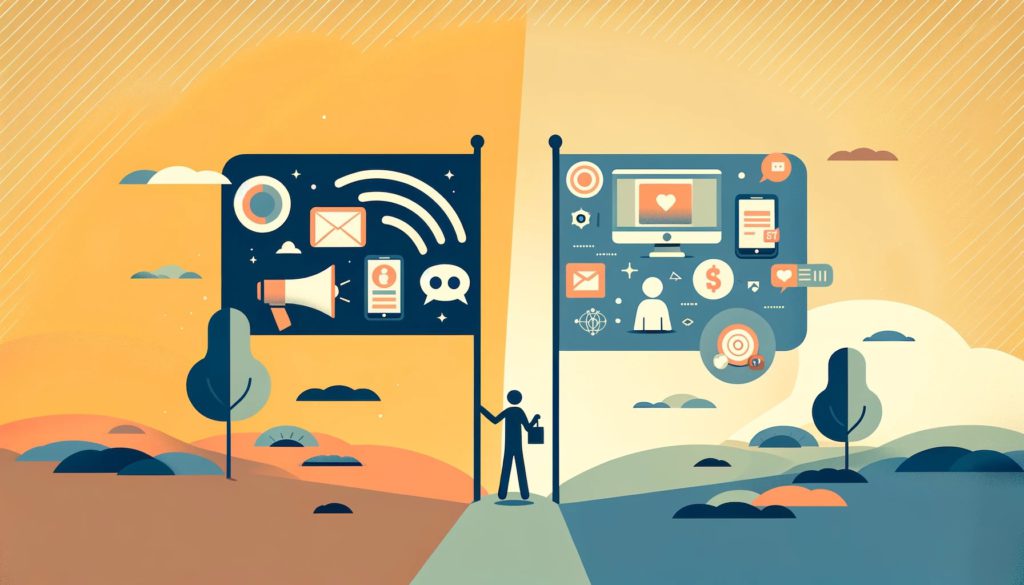
7- Interactivity and Engagement
Traditional Marketing Engagement
Traditional marketing offers limited interactivity. Consumers passively receive messages without immediate options for engagement or feedback.
Digital Marketing Engagement
Digital marketing encourages active engagement. Social media platforms, for example, enable instant feedback, comments, and shares, fostering a dynamic relationship between brands and consumers.
8- Measurability and Analytics
Traditional Marketing Measurement
Traditional marketing’s success is often challenging to measure accurately. Metrics such as TV ratings or magazine circulation provide limited insights into audience engagement.
Digital Marketing Analytics
Digital marketing thrives on analytics, offering precise measurements of campaign performance. Metrics like click-through rates, conversion rates, and social media analytics provide valuable data for optimization.
9- Flexibility and Adaptability
Traditional Marketing Flexibility
Traditional marketing strategies may lack flexibility, with fixed content once distributed. Adjusting campaigns mid-flight can be challenging.
Digital Marketing Adaptability
Digital marketing allows real-time adjustments. Advertisers can tweak campaigns instantly based on performance analytics, ensuring optimal results throughout a campaign.

10- Global Presence
Traditional Marketing Global Reach
Traditional marketing may struggle to establish a global presence quickly due to the time and logistics involved in expanding campaigns across borders.
Digital Marketing Global Presence
Digital marketing facilitates rapid global expansion. Online campaigns can transcend borders effortlessly, reaching diverse audiences worldwide.
11- Speed of Implementation
Traditional Marketing Implementation
Traditional marketing campaigns may take weeks or months to develop and launch, considering production and distribution timelines.
Digital Marketing Implementation
Digital marketing campaigns can be executed swiftly. Online ads, social media posts, and email campaigns can go live within hours, allowing for agile responses to market dynamics.
12- Conclusion
In conclusion, the difference between traditional marketing and digital marketing is not a matter of one being superior to the other. Rather, it’s about understanding their unique strengths and weaknesses and strategically leveraging them to meet specific business goals. The integration of both approaches can provide a well-rounded marketing strategy that resonates with diverse audiences.
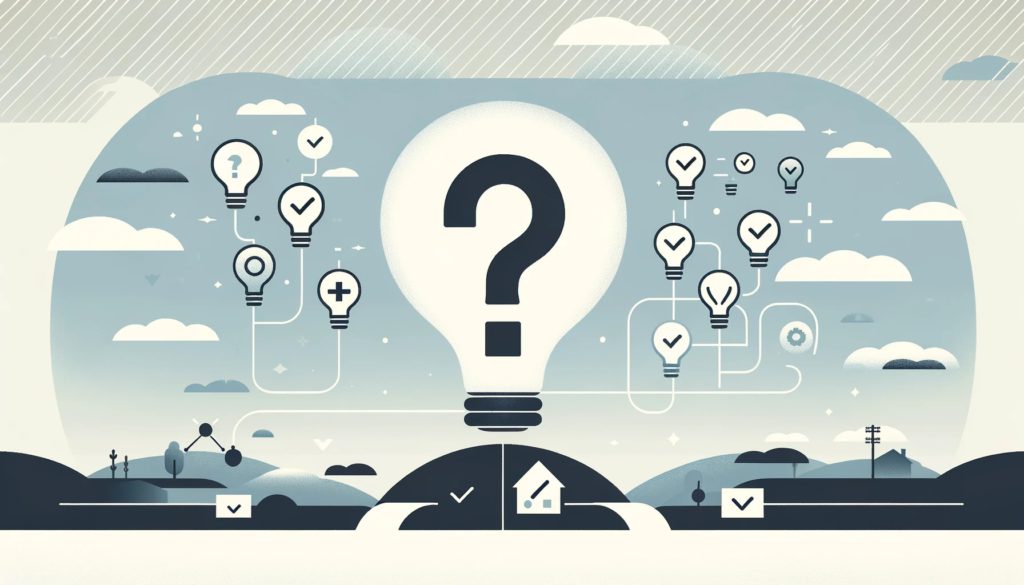
FAQs
Which marketing approach is more cost-effective for small businesses?
Digital marketing is often more cost-effective for small businesses, allowing them to reach targeted audiences without the high expenses associated with traditional methods.
Can traditional marketing strategies be integrated into digital campaigns?
Yes, a hybrid approach combining traditional and digital strategies can provide a comprehensive marketing strategy, leveraging the strengths of both.
How quickly can digital marketing campaigns be implemented compared to traditional ones?
Digital marketing campaigns can be implemented swiftly, often within hours, providing businesses with agility in responding to market dynamics.
What are the future trends in traditional marketing?
Traditional marketing is evolving with trends such as experiential marketing and a renewed focus on storytelling to engage modern audiences.
Is global reach easier to achieve with traditional or digital marketing?
Digital marketing facilitates rapid global expansion, allowing businesses to reach diverse audiences worldwide more effortlessly than traditional methods.
